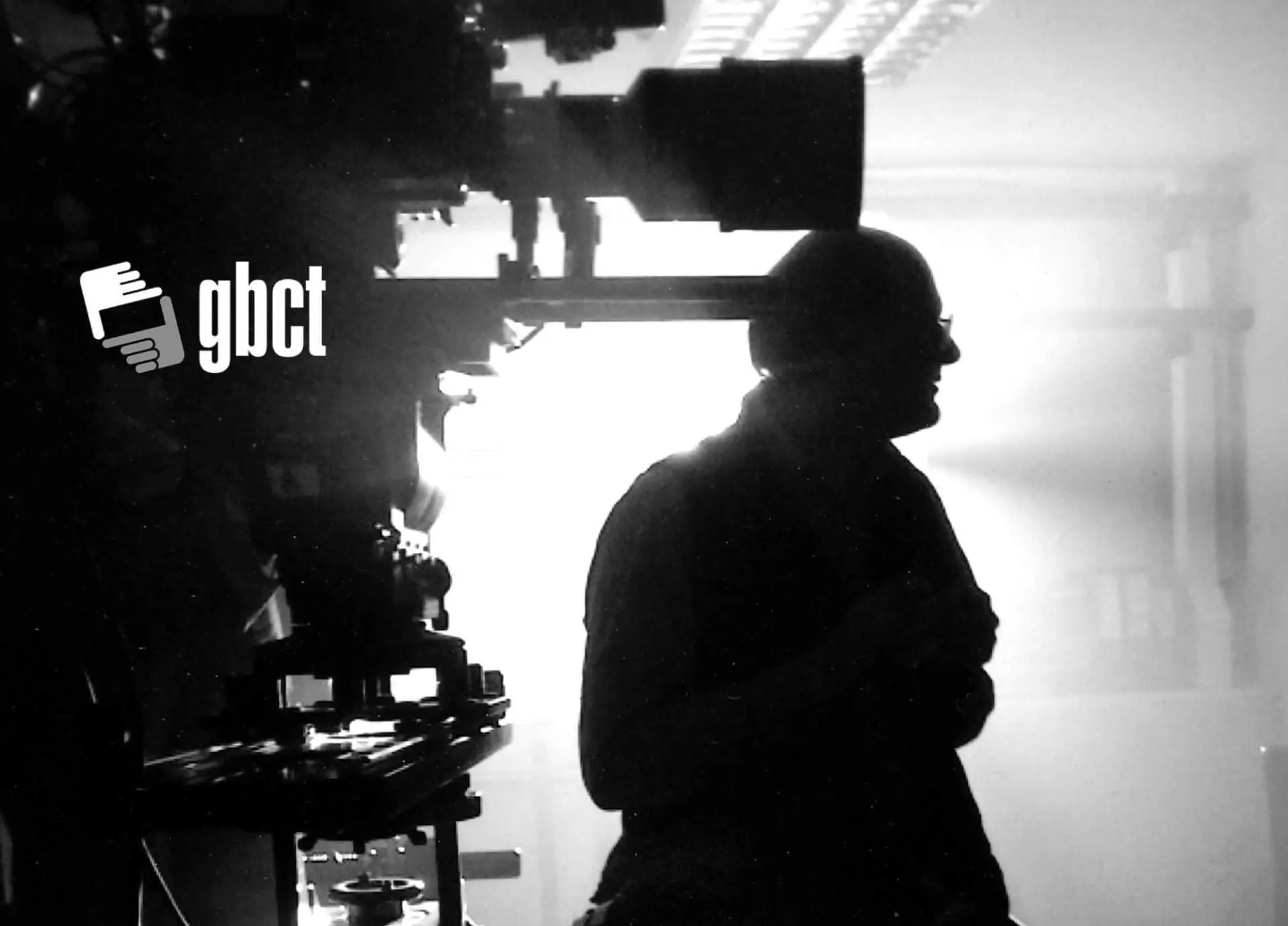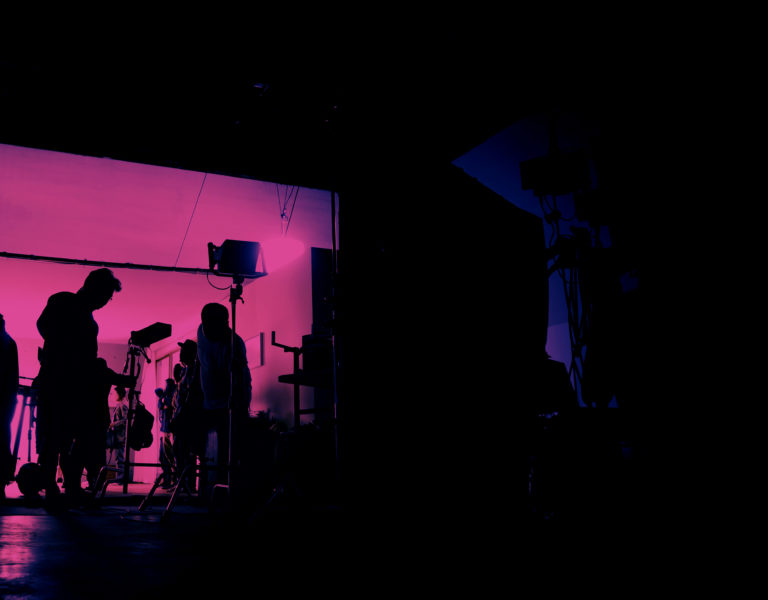As Hollywood strikes rage on, Tim Potter GBCT reflects on the rise of the streaming juggernauts.
We have all been sitting at home wondering what hit us. Yes, the WGA and SAG-AFTRA actions have caused many productions to go into hiatus, but the slowdown in production started considerably before these actions started. Support for the strikes is solid from anyone of us who has felt ripped-off by poor pay and conditions, and our US colleagues have given rise to hope within those of us who have been on this fight for so long. The real question is what is the long-term trajectory?
I have written in the past of the financial structure of the streaming industry. The subscription model for a platform of content means that the income precedes the production of that content, thus removing the financial risk and recreating the ‘licence to print money’. So, what is wrong in paradise?
The long-term prognosis for streaming is still to be fathomed as the industry model is still in its infancy. The beginnings of streaming coincided with the introduction of tax incentives for high-end television (HETV). This was first taken up by very high-end productions, but its value was soon seen, and the spread to a wide spectrum of productions was very rapid. All ships rose with this tide. Indigenous ‘HETV’ had been languishing for a couple of decades in the budget range £600k to £1.2m per screen hour. Now £1.2m is seen as a minimum.
I can vividly remember the buzz going round a BSC Expo at the time that a streamer had greenlit 53 dramas to be shot in the UK over the next year. This boom was just getting into full swing when the lockdowns hit. Even though the industry pleaded that content was so vital to a locked-down population that a working protocol (devised by the British Film Commission with the generous help of many others) should be used to allow working during times, when most other industries were like ghost towns, this did not produce the vast amount of content that the streaming monster normally eats, but it did keep things ticking over at the top end which could afford the precautions. Coming out of lockdown produced a bonanza like the industry has never seen. But, we must ask, are the content banks now so full that production can slow to the extent that it did in 2022?
In 2022 there were several shadows looming on the horizon. Were there too many platforms for the market? Were we about to find out where ‘peak subscription’ lay? Would the looming industrial unrest caused by the pay and conditions not keeping up with the market make it prudent to not start productions that might not be finish-able?
The question of platform proliferation will be answered in time by the market as poor set-ups go to the wall and/or are bought out or swallowed up by their more solid rivals. Peak subscription is a harder jelly to nail to the wall. The more roads you build, the more cars there will be on the road, until the whole country is Tarmac and demand tails off. Subscription take-up is related to disposable income, even if some people will consider their viewing habit far from disposable. Gradually we will find that those who want it will have what they want, and everyone else will have move on to the next most viable means of communication. These factors will have contributed to the caution imposed on commissioning editors but is it the only factor? Jitters from above may explain the reluctance to commit, but this is only sustainable in the short run. The monster will still need feeding and that requires production.
What is without question is that there is an insatiable appetite for content. This will provide the pressure from below and, thus, above to settle the issues with WGA and SAG-AFTRA. The rumble of unrest in the UK came to naught, but that has left a very bitter feeling of resentment that will soon resurface. These are transitory effects. What is unnerving is the lack of forward interest from productions. The usual budgeting enquiries from upcoming shoots are noticeable by their absence. When will that often-predicted upturn come? We will have to wait and see if streaming really does have the future we were all hoping for.












